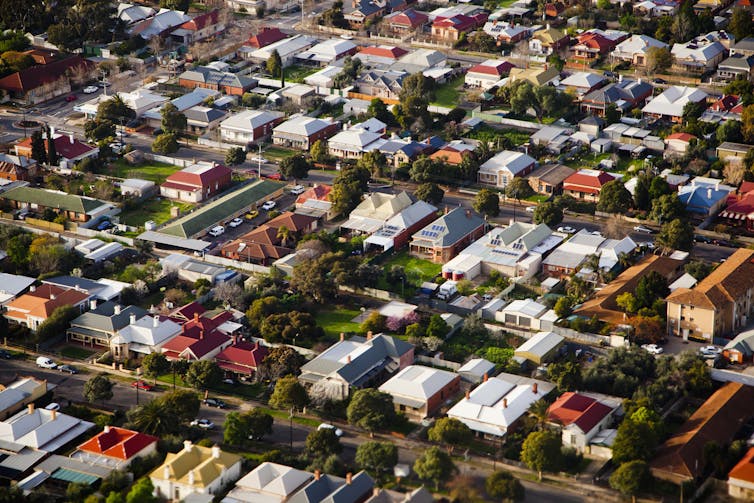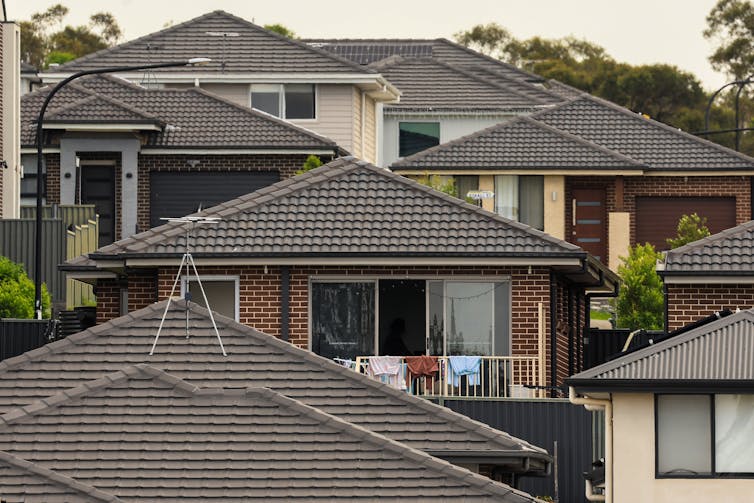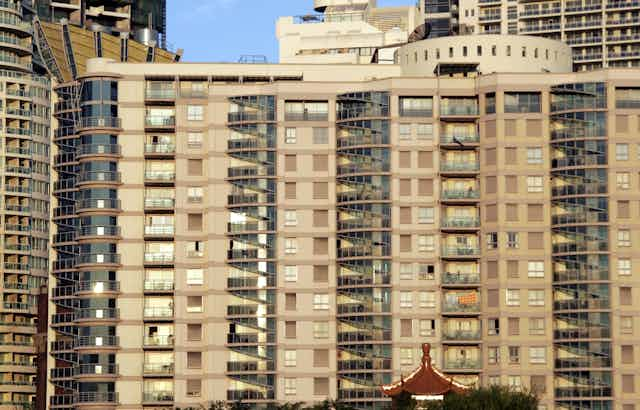This article is part of The Conversation’s series examining the housing crisis. Read the other articles in the series here.
Treasurer Jim Chalmers is leading a push to get private investors to help build more social and affordable housing. But we shouldn’t kid ourselves about where the money will come from.
The defining feature of social and affordable housing is a big rental subsidy for the tenant, which no private investor will ever volunteer to pay. In the end, government – that is, taxpayers – will always foot the bill.
The sooner we accept this, the better. Wishful thinking that private investors will wear the cost of rental discounts risks making the limited government subsidies available for housing less effective.
We need more social housing
Social housing – where rents are typically capped at 30% of tenants’ incomes – makes a big difference to the lives of many vulnerable Australians.
Yet Australia’s stock of social housing – currently about 430,000 dwellings – has barely grown in 20 years, during which time the population has increased by 33%.
A stagnant stock means there is little “flow” of available housing to catch people going through hardship, who then face prolonged, agonising waits while struggling to afford to keep a roof over their head.
But it’s expensive
The main reason our social housing stock has stagnated is the expense.
Social housing offers a big rental discount, or subsidy, to tenants.
In Australia, the gap between the subsidised rent and the private market rent is about $15,000 per rental per year.
Because the subsidy to tenants is ongoing, the cost to governments is ongoing. That means that every extra 100,000 social housing dwellings costs an extra $1.5 billion every year.
The same goes for subsidised “affordable” housing, where rents are typically set at 20-25% below the market rate, and which are available to many low- and some middle-income earners.
If the tenant is getting a discount on the market rate, the government will pay for that somewhere along the line.
Private investors won’t wear the subsidy gap
Australia has $3.5 trillion of superannuation savings – the fourth-largest retirement savings pool in the world – but practically none of it is invested in Australian housing. The Treasurer wants to change that.
He’s talked a big game about encouraging private capital, including super funds, to invest specifically in social and affordable housing.

But no super fund should forego returns for its members by paying the subsidy gap for social or affordable housing out of members’ pockets.
It would be incompatible with superannuation funds’ core objective – maximising returns for their members – which funds are obligated by law to prioritise.
Private investors prefer affordable to social housing
If we make encouraging private investment in social and affordable housing the goal, we risk misallocating the scarce government subsidies we have.
Most super funds, and other investors, would typically prefer to invest in affordable, rather than social housing.
Doing so lets investors finance more homes for any given quantity of government housing subsidies that are available, while taking on less-disadvantaged tenants who are seen as less risky.
We’ve been here before: the National Rental Affordability Scheme spent $3.1 billion channelling subsidies to private investors for affordable housing.
Grattan Institute estimates suggest the scheme paid an extra $1 billion in windfall gains to investors, above and beyond the cost of the discounted rents offered to tenants, who typically weren’t the most needy.

Super funds could make social housing more expensive
Super funds can help finance the construction of new social housing via loans to community housing providers – as four major funds have recently agreed to do.
But these loans are likely to be on fully commercial terms.
They are deals attractive to federal and state governments worried about taking on more debt.
But they are also likely to make social housing more expensive to deliver because governments can borrow at lower rates than the returns sought by funds.
Governments can’t avoid their responsibility
Ultimately, governments have to foot the bill for social and affordable housing. And our priority should be social, rather than affordable housing, since its targeted at people at serious risk of becoming homeless.
The sooner that truth is acknowledged, the sooner we can get on with funding subsidies and the less time we will waste on trying to coax private investors into being something they’re not.
The best way to boost funding for social housing would be to double the size of the Housing Australia Future Fund from $10 billion to $20 billion
The government-owned fund uses borrowed money to invest in stocks and bonds and uses the income to cover the social housing subsidy gap.
It makes use of the higher return the government can get from investing than from retiring debt, in the same way as the government’s Future Fund.
Doubling the size of the Housing Australia Future Fund could support the building of up to an extra 30,000 social dwellings over the next five years.
Coupled with a further big boost to Commonwealth Rent Assistance, it could really help low-income renters.

